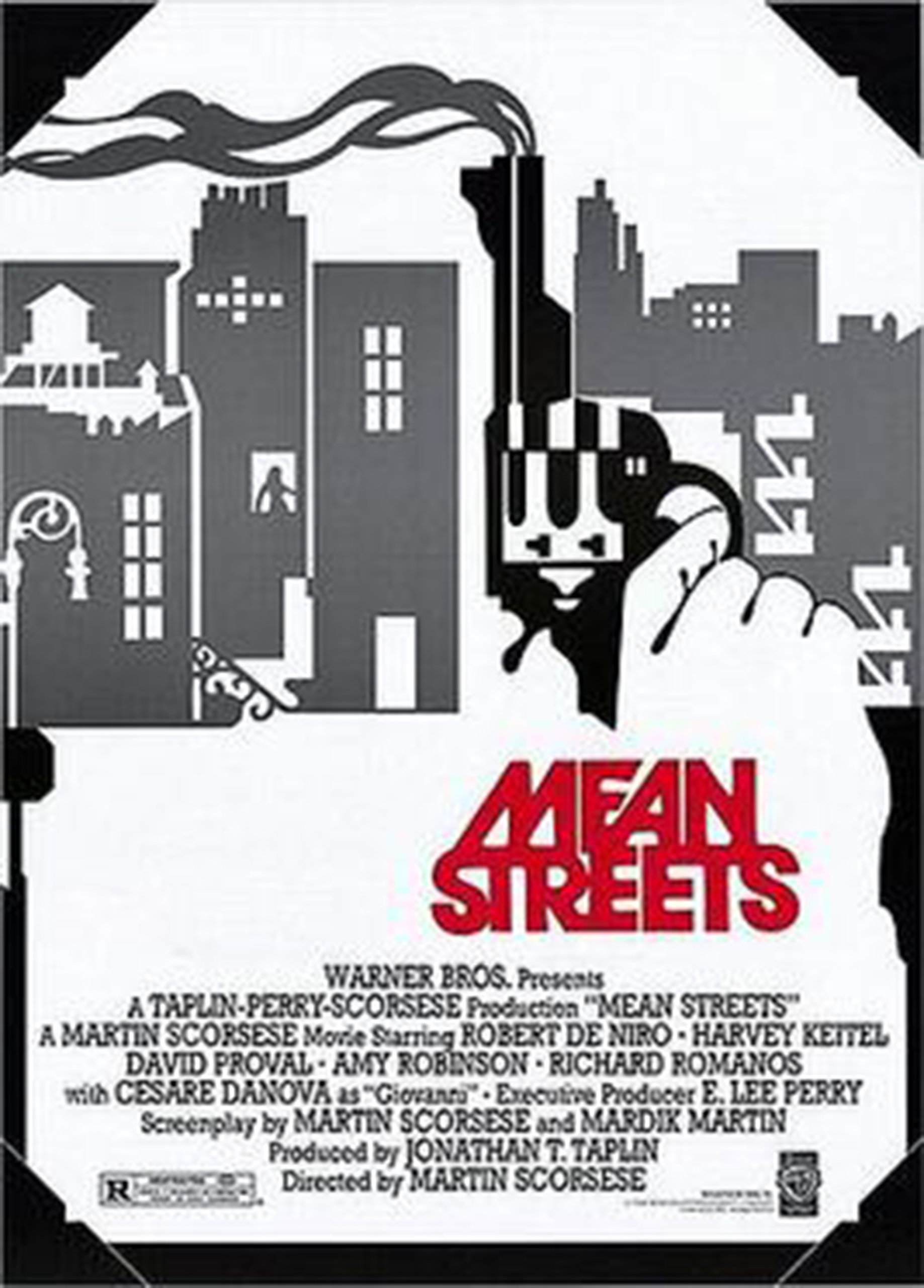‘Mean Streets’ Vs. ‘The Irishman’


To those moviegoers (or more likely these days, stay-at-home Netflixers) who have just slogged their way through Martin Scorcese’s “The Irishman,” don’t despair. Although that film can be seen as a final reckoning of the wages of gangster sin, weighing in at over three hours, it is also drawn out.
If you step further back in this genre to Scorcese’s first successful film, “Mean Streets” (1973), you will discover the origins of the talent that initially electrified critics and audiences — the director’s ability to tell a fast-paced, pared-down tale that is simultaneously exciting, energetic, and personal.
Based on his own experience growing up in New York’s Little Italy in the 1940s and ‘50s, the story (in many ways a remake of Scorcese’s film-school predecessor “Who’s That Knocking at My Door?”), it’s an impassioned evocation of a geographically and socially specific subset of city life — a lost group of working-class Italian youths whose milieu and mentors are anything but ideal.
The film focuses on Charlie (Harvey Keitel, in a career-making performance), who, like his friends, is on his way to becoming an insignificant neighborhood mafioso. The only difference between him and his friends, however, is that Charlie has a conscience (however misinformed and undeveloped). He is obsessed by his Catholicism, but confused by how its teachings attempt to reconcile sin and forgiveness.
He is in love with Teresa (Amy Robinson), a bright and vigorous local girl, unfortunately prone to epileptic fits, but Charlie rejects her clear-eyed determination to leave the neighborhood behind. And he is the self-assigned protector of Johnny Boy (Robert DeNiro, in the film’s other astonishing breakout performance), Teresa’s obsessive-compulsive, socially-averse cousin, to whom we are introduced planting a bomb in a corner mailbox. He’s a millstone of unreliability around Charlie’s neck.
Charlie’s attempts at help are frustrated by Johnny Boy’s out-of-control behavior — drinking, womanizing, picking fights, insulting friends and enemies alike. His inveterate gambling, which leads him to frequently borrow money with no intention of repaying, becomes the final straw. He taunts Michael (Richard Romanus), a small-time hood with delusions of grandeur, the only jerk left in the neighborhood stupid enough to lend him anything. From that point on Johnny Boy is doomed, and the film, through a brilliantly-edited series of rapid sequences, hurtles towards a violent end — a nighttime shootout on a vividly-shot Manhattan Bridge that will haunt you every time you drive across it.
The cinematography (by Kent Wakeford) indelibly captures the neon moods of dimly-lit bars and the gritty ambiance of downtown streets. The film is powered by an innovative (for 1973) soundtrack of early doo-wop and rhythm & blues records, whose lyrics, as in “Who’s That Knocking” and “The Irishman,” are in sympathetic, but sometimes ironic, counterpoint to the action on the screen.
So why is “Mean Streets” a superior experience to “The Irishman”? Even though the recent film may be an intellectually satisfying climax to Scorcese’s thematically related gangster sagas, it suffers from a frustrating lack of energy.
Netflix reportedly gave him total oversight and an unlimited budget ($175 million at last count). If, as they say, great art comes from working within constraints, then “Mean Streets” has that somewhat counter-intuitive advantage. It was made on a shoestring, with half its 1973-era $500,000 budget going to recording rights (a good investment, given the impact of its soundtrack on the quality of the final film). Invention of many of its effective techniques then followed from economic necessity, for instance, the use of hand-held cameras to capture violent roughhousing (a poolhall brawl with cues as weapons of choice) or woozy drunkenness (Charlie weaving to the classic nonsensical doo-wop song “Rubber Biscuit.”)
The acclaim of “Mean Streets” gave an effective jumpstart to the talented young filmmaker. He would return again and again to the metaphorical theme of gangster society, but would go on as well to direct such varied and classic films as “Taxi Driver,” “Raging Bull,” “Gangs of New York,” “Goodfellas,” “The Last Waltz,” “The Age of Innocence,” and “The Departed.” But it is the fresh energy, the charged vitality, and the infectious courage to innovate that characterizes this first success, and why “Mean Streets” is still one of Scorcese’s most satisfying films.









